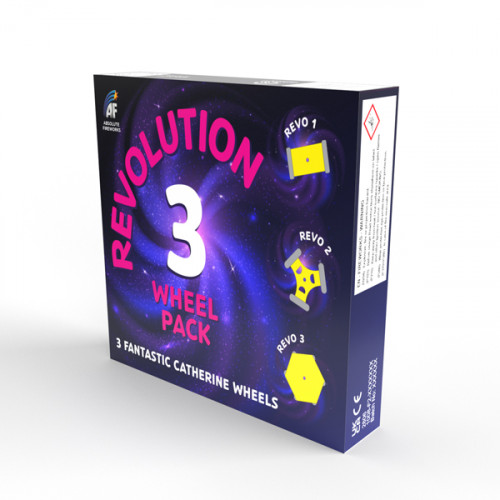
Fireworks: A Stunning Display of Chemistry
For centuries, fireworks have mesmerized spectators with their brilliant hues, booming sounds, and dazzling displays against the nighttime backdrop. While many of us look skyward in joy, applauding and highlighting our favorite shapes, our beloved cats often hide beneath furniture in sheer fright. However, for chemists and science aficionados, fireworks represent more than mere sensory delight—they are a remarkable live exhibition of energetic, and at times volatile, chemical phenomena.
Explosive Connections: The Chemistry of Fireworks
At the core of each firework is a tension between two types of chemicals: oxidizers and fuels. This combustible pairing resembles a chemically charged love-hate dynamic. Oxidizers are usually oxygen-laden compounds that are keen to release oxygen atoms, whereas fuels are relatively electron-donating substances—often carbon-based or metallic materials—that eagerly seek to bond with that extra oxygen. Add a bit of heat and friction, and VOILA! You produce a rapid exothermic reaction filled with heat, gas, light, and sound.
Why So Reactive?
To grasp why firework ingredients possess such a tendency for dramatic reactions, we must delve into the molecular realm—and examine the upper right portion of the periodic table. Elements such as oxygen, chlorine, and fluorine exhibit extreme “selfishness” in electron sharing. Their elevated electronegativities create unstable bonds when combined, particularly in compounds like chlorine trifluoride (ClF₃).
Chlorine trifluoride is one of those substances that practically shouts, “Stay away from me—I’m hazardous!” Rarely used (even the Nazis, notorious for weaponizing almost anything, found it too unstable), it serves as an excellent example of a high-energy oxidizer. It reacts violently with nearly any material one might imagine—water, fabrics, asbestos, concrete. Its behavior is typical of unstable molecules with self-centered elements bonded together—they resist this arrangement for long and will react explosively with the slightest disturbance.
The Tale of Oxygen: Mundane Yet Explosive
Oxygen gas (O₂) is another example. It rarely grabs headlines because of its essential role in life, but when combined with the appropriate fuel and a spark, it transforms into something entirely different. The double bond between the two oxygen atoms is relatively stable—until something disruptive (like heat) interferes. Breaking that bond releases a significant amount of available oxygen, which then readily teams up with carbon-based fuels to combust into water vapor and carbon dioxide. This epitomizes combustion.
Next, we have peroxides—compounds where two oxygen atoms are bonded by a single bond rather than a double bond. This single bond is weaker and less stable, which makes peroxides considerably more reactive. Hydrogen peroxide (H₂O₂) is a common household item utilized in first aid and beauty applications, but its reactivity increases rapidly with concentration. At industrial scales, it possesses enough power to function as rocket fuel or a bomb detonator.
Common Oxidizers in Distinctive Roles
Another prevalent oxidizer is sodium hypochlorite, commonly recognized as bleach. Although more stable than the perilous ClF₃, its molecular components still have a somewhat hostile relationship. Bleach’s capacity to decompose organic (carbon-containing) compounds is the reason it’s such an effective disinfectant and stain remover. In pools, a mixture of hypochlorite and hypochlorous acid ensures microorganisms are swiftly eliminated—yet again, it all comes down to reactive oxygen chemistry.
However, for fireworks, the standout oxidizers are nitrate, chlorate, and perchlorate ions. Nitrates (such as potassium nitrate in gunpowder) are stable enough for storage but react vigorously when exposed to a fuel and ignition source. Chlorates are more sensitive and can be dangerously unpredictable, which is why perchlorates—slightly more stable—are favored in most firework formulations today.
Creating a Firework: Stars and Sparks
A typical firework shell consists of a central explosive charge enveloped by pellets known as “stars.” These stars are miniature chemical bombs formed from a dry blend of:
– Fuel: like sulfur, charcoal, or aluminum powder
– Oxidizer: such as potassium perchlorate
– Binders: including dextrin (a starch-based substance) that holds everything together
Upon ignition, the shell’s lift charge launches it skyward, and a time-delay fuse triggers an explosion at a predetermined height. The stars disperse and ignite, producing brilliant lights, heat, and sound through swift chemical reactions.
Colors: Quantum Chemistry in the Sky
While the flames and blasts may be thrilling, it’s the vibrant colors of fireworks that truly captivate the audience. These shades arise not from chemical reactions but from the principles of quantum physics in operation.
Metallic salt additives determine